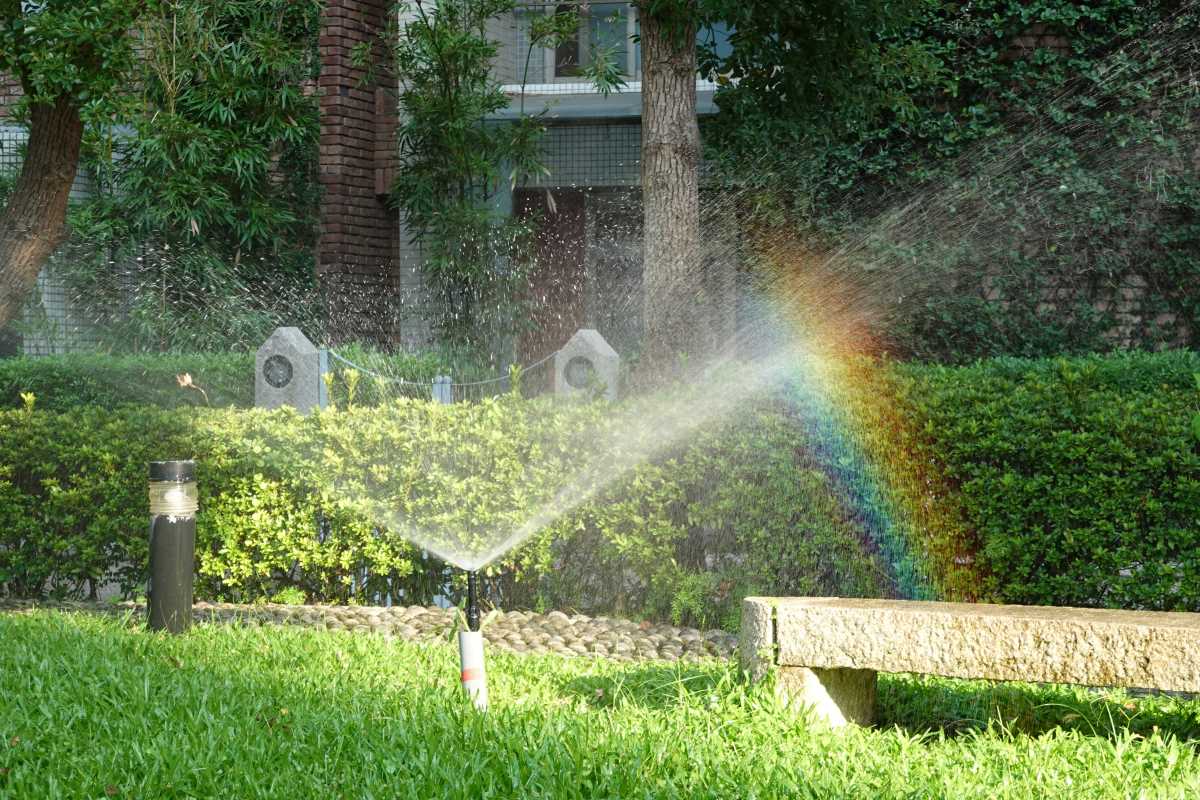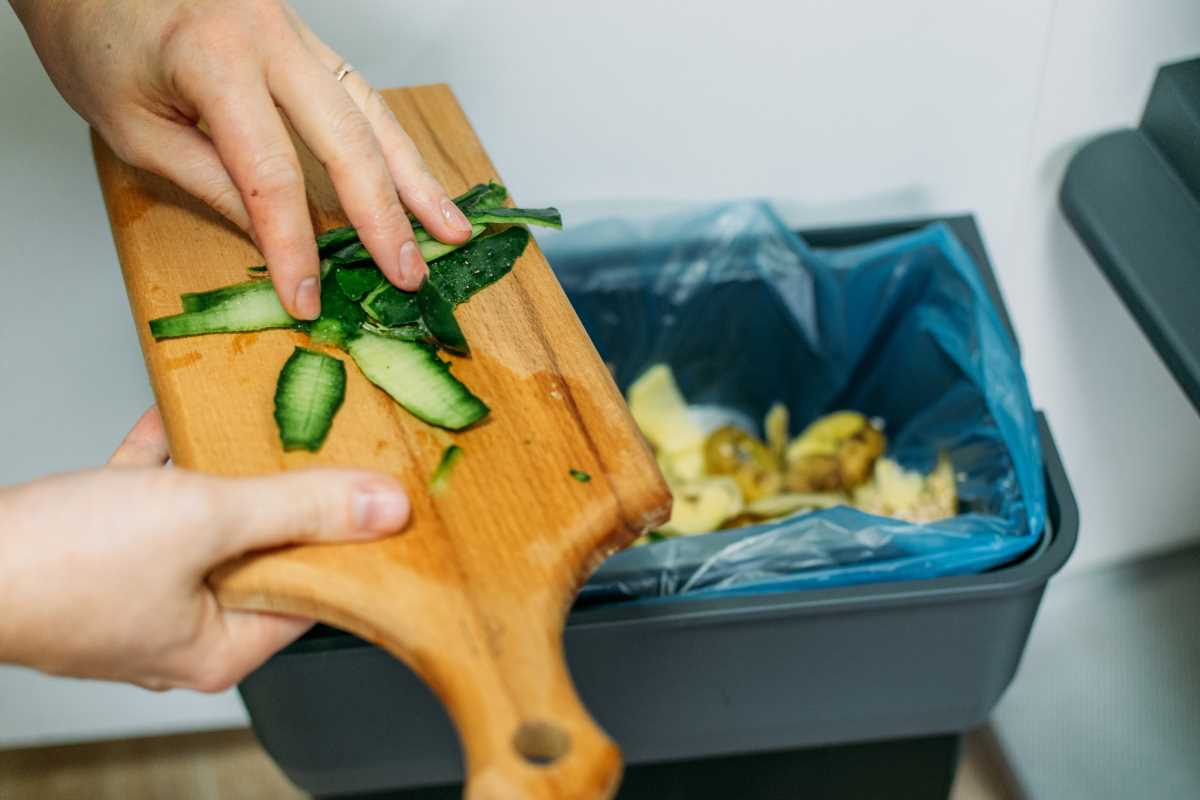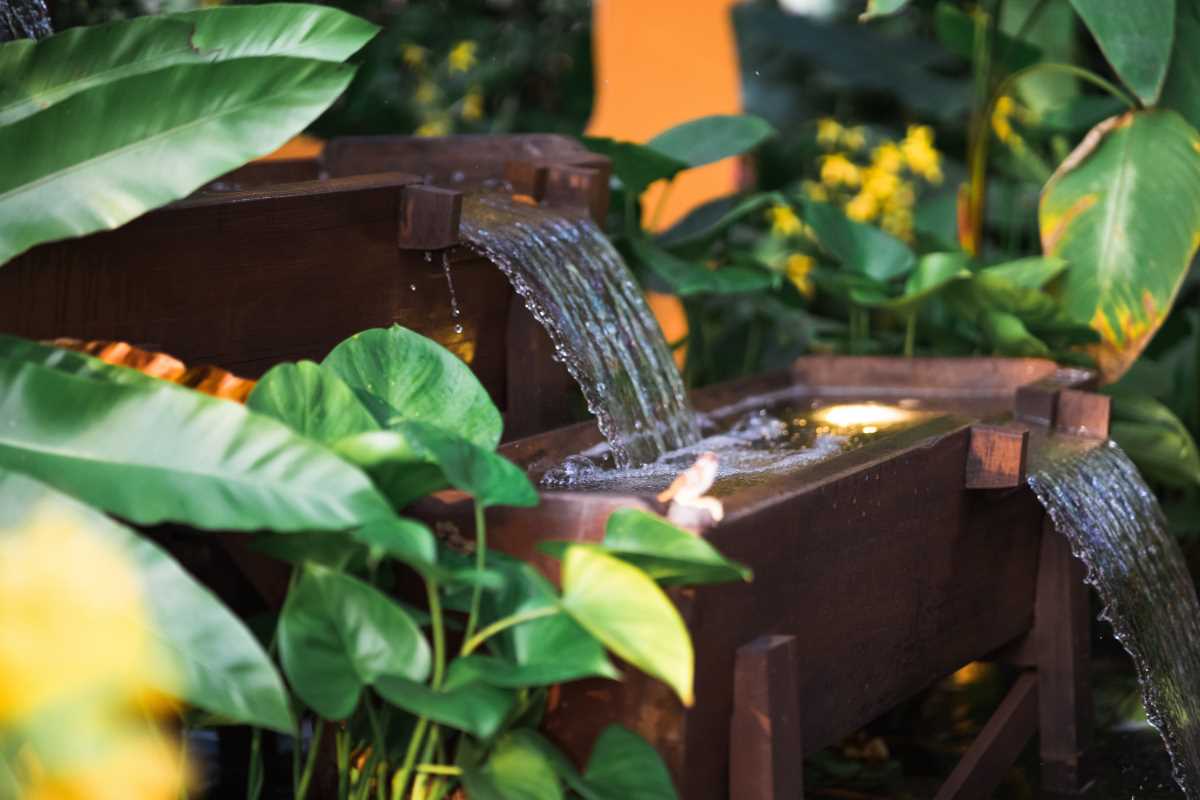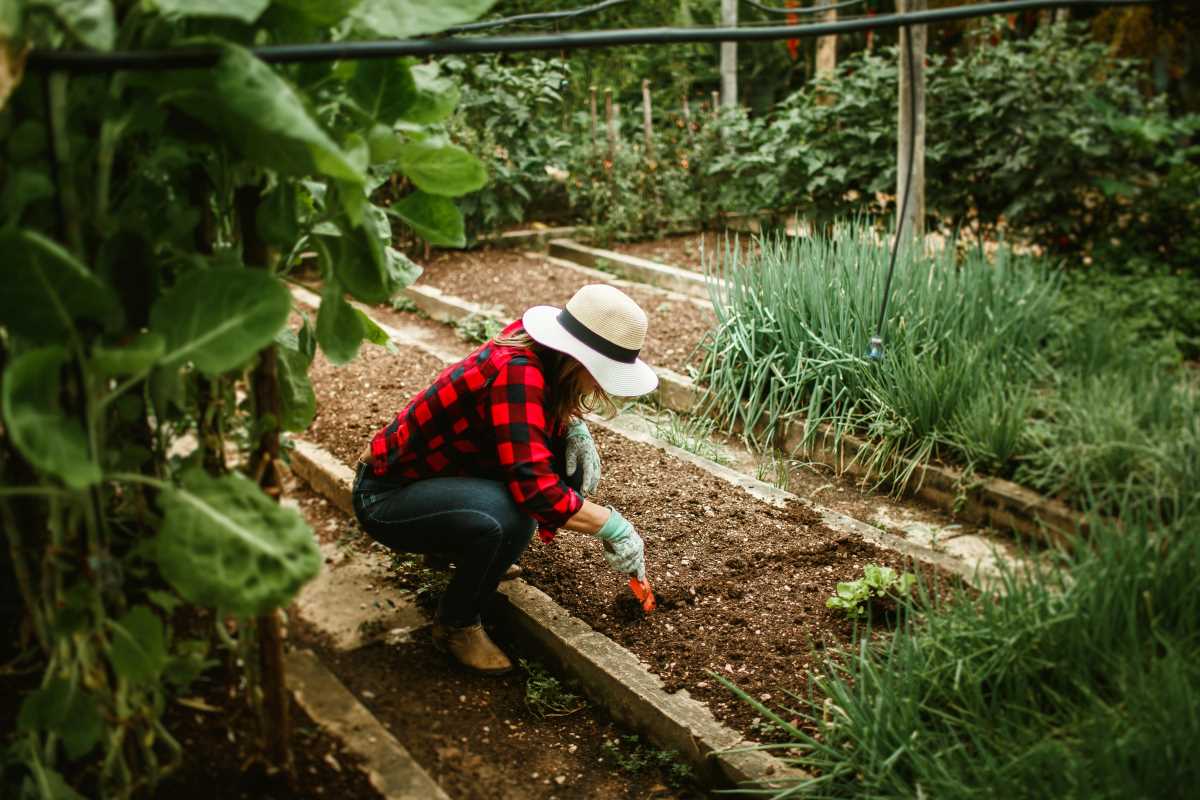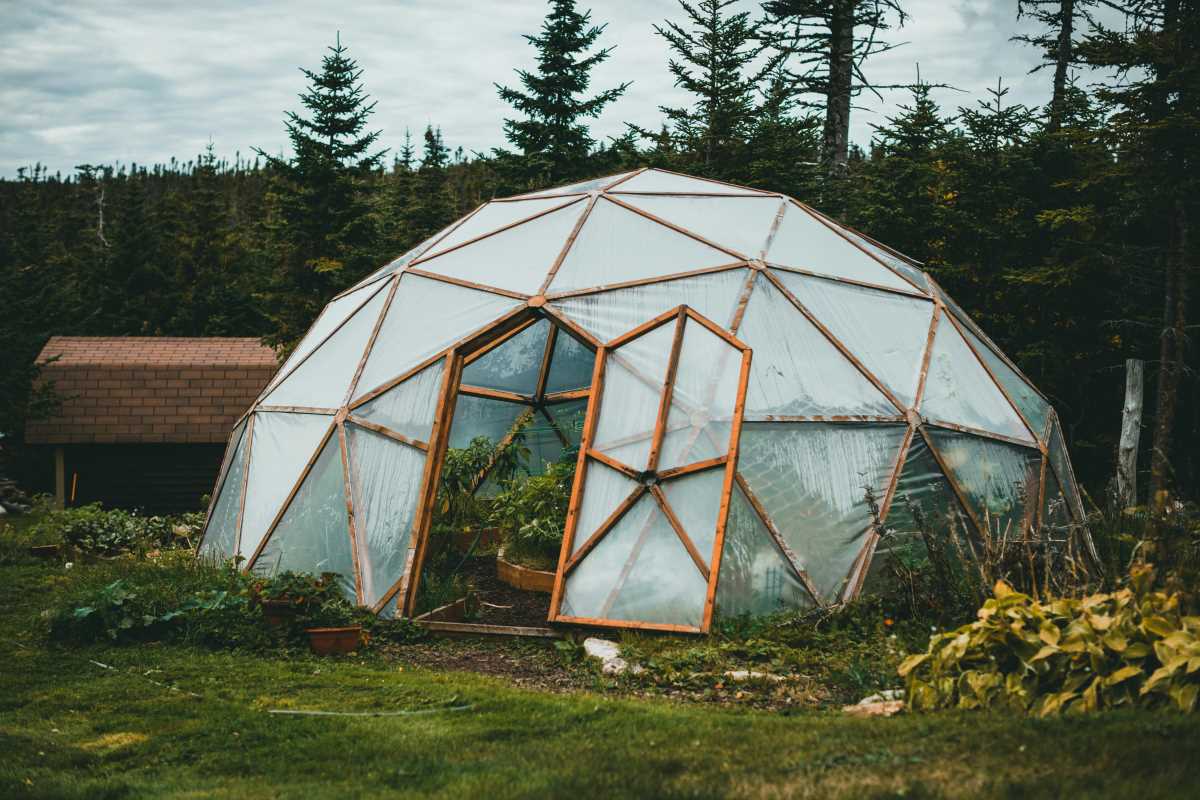You can effortlessly transform your backyard into an eco-friendly paradise with just a few simple adjustments. By harnessing rainwater through easy-to-implement techniques, you not only support environmental health but also cut down on your water expenses. This approach enables you to cultivate a garden that thrives on its own resources. Constructing your rainwater collection system offers a rewarding experience, inviting you to tap into your creativity and find natural solutions for watering your landscape. This sustainable journey not only enhances the beauty of your outdoor space but also contributes positively to the planet.
Choosing to collect rainwater gives you the opportunity to use nature’s own resource to nourish your plants. This method reduces your dependence on municipal water systems and helps cut down water waste when every drop matters. You contribute to a cleaner ecosystem and feel satisfied caring for your greenery through sustainable means.
What Is Rainwater Collection and Why Should You Care?
Rainwater collection involves capturing rain as it falls and storing it for later use. This practical process directs water from rooftops and other surfaces into a container, where it remains ready for watering gardens, washing outdoor surfaces, or even indoor uses after proper treatment.
Using rainwater collection techniques supports a sustainable lifestyle while helping you reduce your water usage and lower utility bills. It naturally filters water and can significantly reduce the chemicals often found in treated tap water that might harm your garden.
Basic Components of a DIY Rainwater Collection System
Before starting your project, it helps to understand the basic parts that make the system work. These components work together to ensure you capture the maximum amount of clean water during a rainfall.
The essential components include:
- Catching Surface: Usually your roof and gutters serve as the collection area.
- Downspout Diverter: This tool directs water from your gutters into the storage system.
- Storage Container: A durable rain barrel or tank that holds collected water.
- Overflow Mechanism: A feature to safely channel excess water away when the container becomes full.
- Basic Filtration: Simple filters or screens that prevent debris from entering the storage container.
Step-by-Step Guide: Building Your Own System
Setting up your rainwater collection system involves hands-on work that delivers practical and rewarding results. Throughout the process, you can work outdoors, get creative with your setup, and see your efforts pay off with each rainfall.
Follow these steps to build your system:
- Pick a convenient location for your storage container near an accessible downspout.
- Gather your tools and supplies, including a rain barrel or large container, a downspout diverter, basic plumbing connectors, and a secure cover.
- Inspect your roof and gutters for debris, then clean them if needed to prepare the catchment area.
- Install the diverter on your downspout to direct water from your roof into your container.
- Place your storage container on a stable, level surface and attach the diverter securely to ensure a tight connection.
- Set up an overflow system by connecting an additional pipe to carry excess water safely away from the barrel.
- Test the system during a light rain or with a garden hose to verify that water flows correctly and the container does not leak.
Even if you have experience with DIY projects, taking a steady, step-by-step approach helps prevent mistakes and ensures long-lasting results.
Tips for Maintenance and Troubleshooting
Regularly maintaining your rainwater collection system is essential for a durable and effective setup. Frequently clean your gutters and filters to prevent clogs, and check your container for signs of wear or damage. Routine care plays a vital role in keeping your water supply safe and dependable.
When troubleshooting, start by inspecting all connections and joints for leaks after a heavy rain. Confirm that your diverter and overflow system work correctly. Periodically test the water quality, especially if you intend to use the water for edible plants. These proactive steps help keep the system operating smoothly and catch issues early before they develop into bigger problems.
Common Mistakes to Avoid
Small mistakes can impact your rainwater collection setup’s performance. Learning from common errors saves you time and frustration. Avoiding these pitfalls helps you build a stronger system and makes the whole process more seamless.
Common errors include:
- Placing the container in an unstable or shaded area that reduces water collection efficiency.
- Using collectors without proper filtration, which can lead to debris buildup and blockages.
- Overlooking local building codes or safety guidelines during installation.
- Failing to secure the cover, which might attract pests or allow leaves to contaminate the water.
Build a rainwater collection system to make your backyard more functional and eco-friendly. Start today and use rain to support your garden.
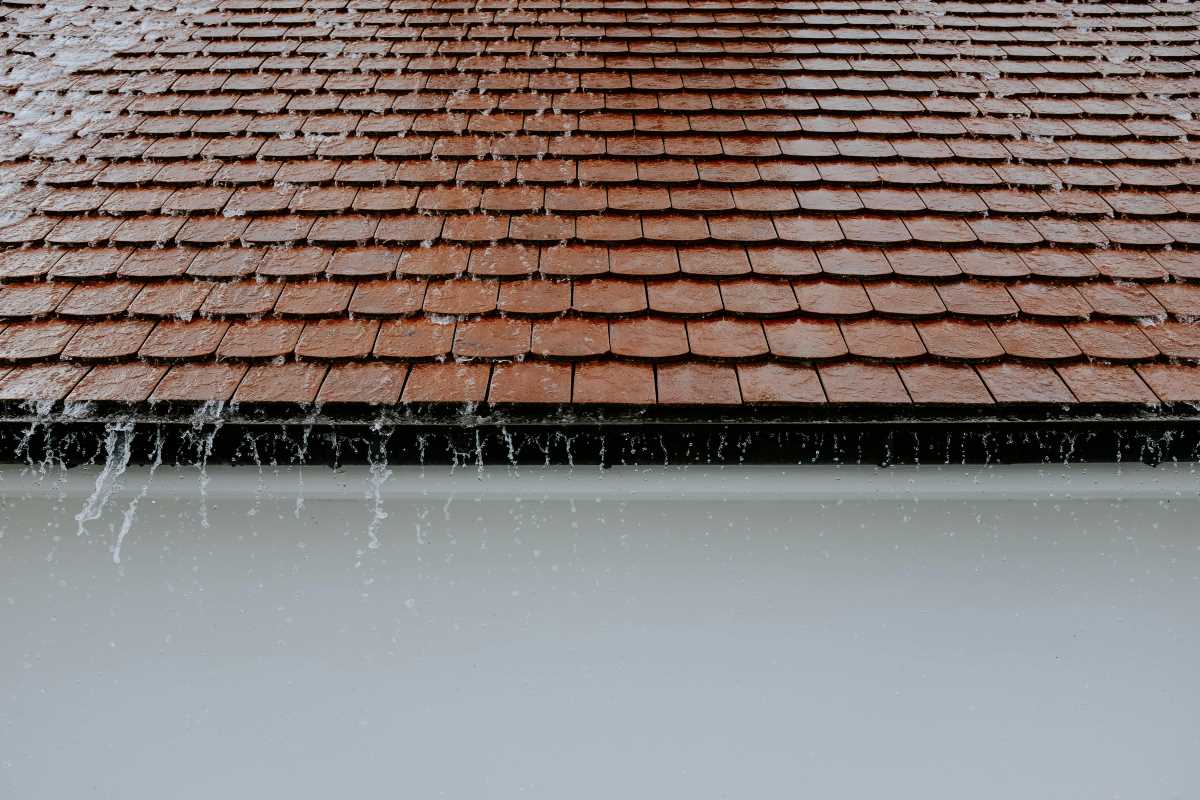 (Image via
(Image via